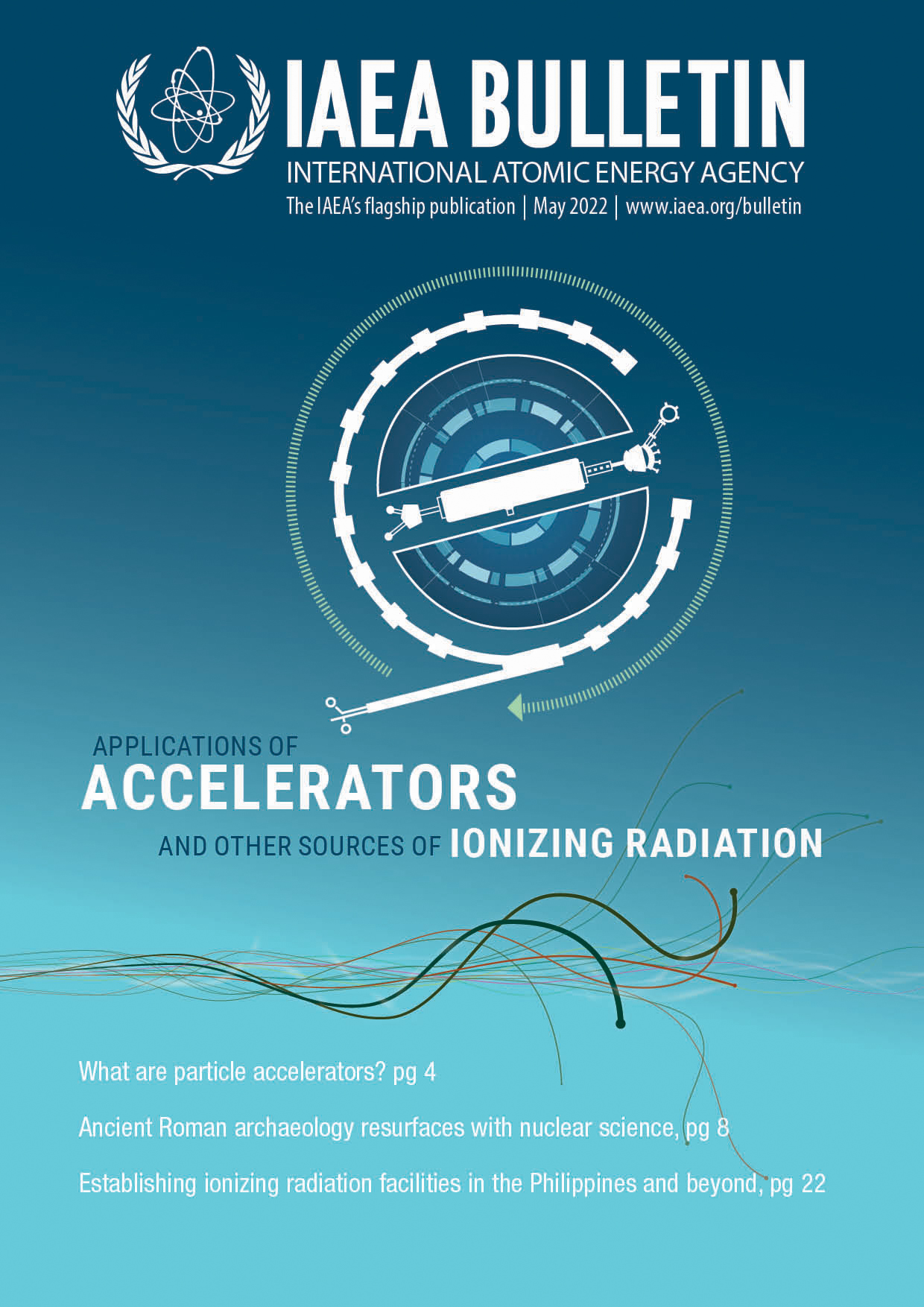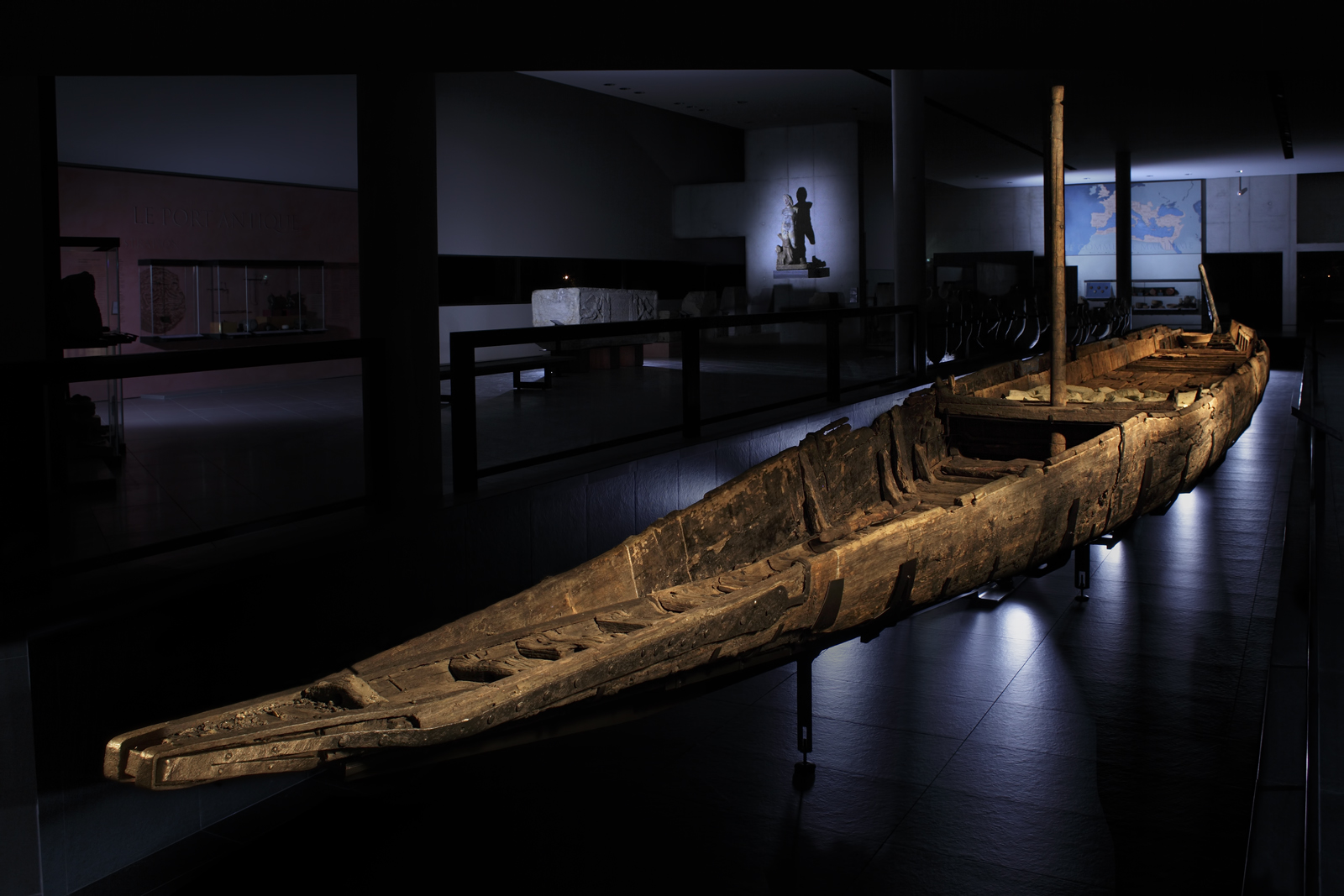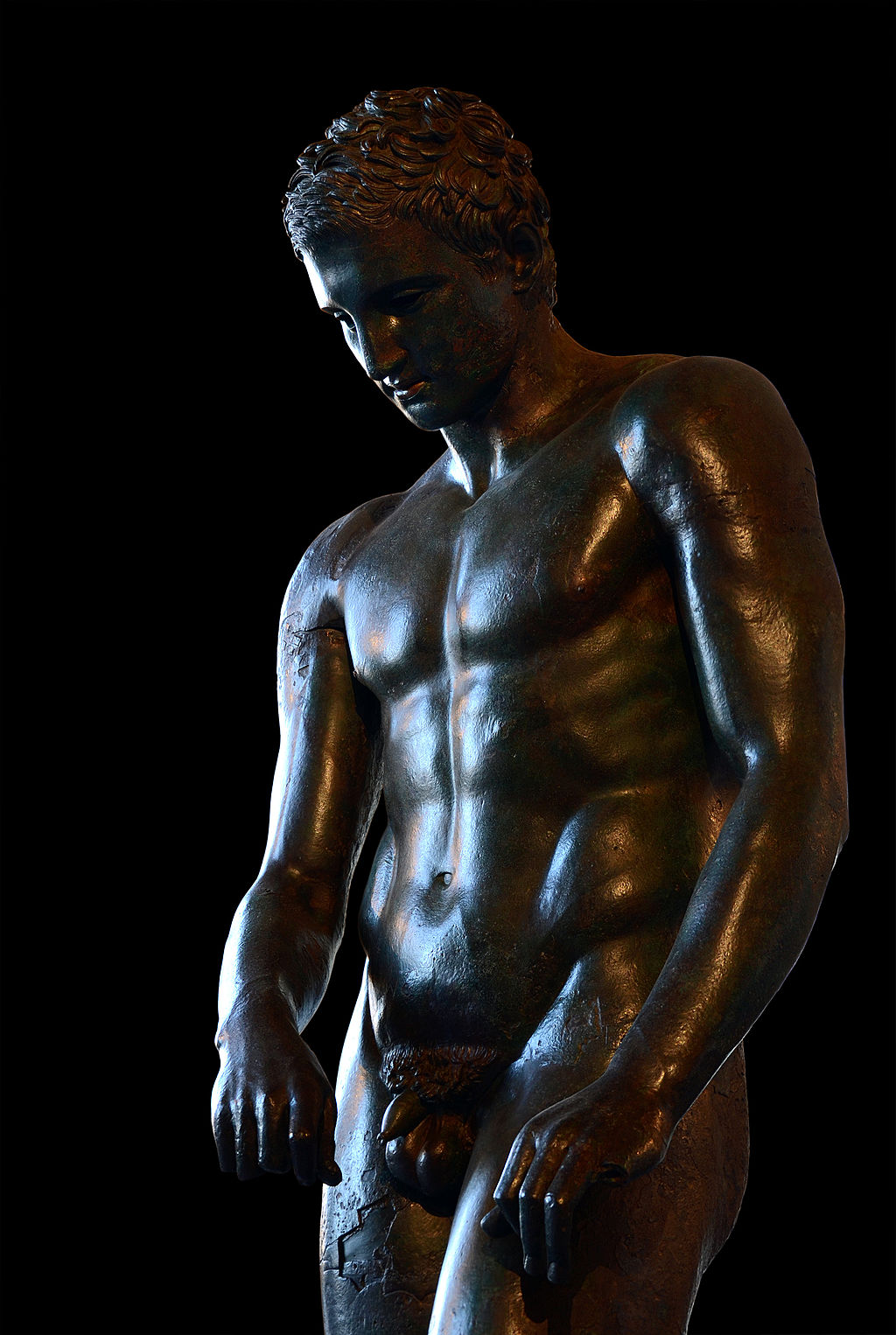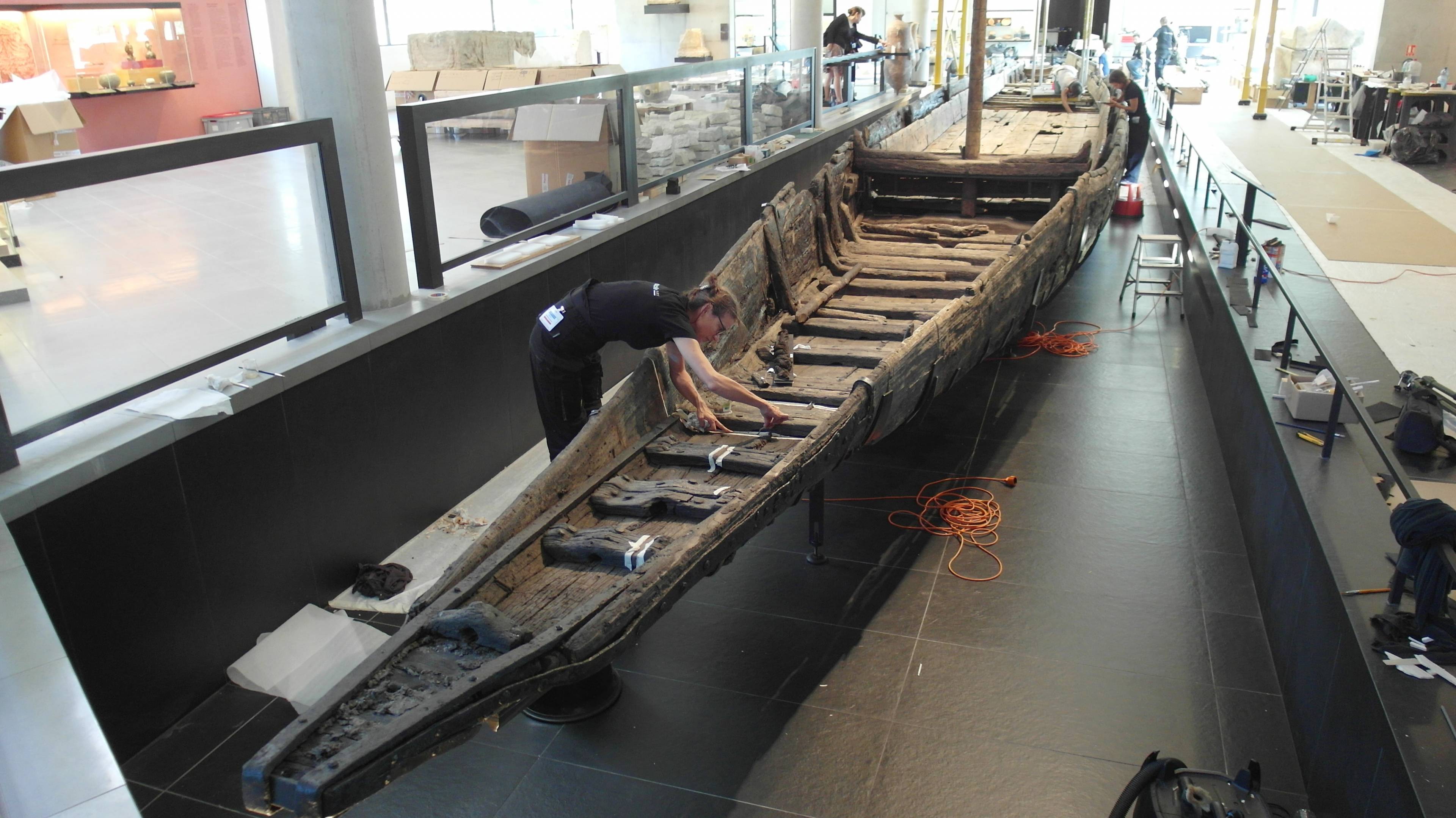Romans risen from the Rh?ne
Nuclear techniques in archaeology are not limited to characterization, and irradiation has for a long time played an important role in artefact preservation. Famously, the 3200-year-old mummy of Egyptian Pharaoh Ramses II was irradiated in 1977 to remove fungi and insects, but the technology has been in continuous use in many other projects since.
In 2004, less than four metres below the surface of the Rh?ne River in Arles, France, a Roman ship from the first century CE was discovered. Dubbed the ‘Arles-Rh?ne 3’, the 31-metre-long oak barge was probably sunk by a flash flood that covered it in a layer of fine clay.
“The clay helped preserve the boat and its valuable artefacts, but anaerobic bacteria dissolved the wood’s cellulose, which was replaced with water. This posed a challenge in 2011 when researchers planned to raise the ship from the riverbed and install it in a museum, because, as it dried, the wood would collapse,” said Laurent Cortella, a research engineer from ARC-Nucléart, a restoration and conservation workshop in Grenoble.
ARC-Nucléart came up with a solution: they bathed the wood in polyethylene glycol, freeze-dried it, and treated parts of the boat with irradiation. “Like drying glue with a hairdryer, restorers used irradiation to solidify the radio-curable resin and keep the wood’s fibrous structure together,” said Bum Soo Han, a radiation chemist at the IAEA who is working within the Atoms for Heritage framework to promote the use of irradiation technologies in cultural preservation. Han offers technical support to cultural preservation efforts globally and sees demand for such applications growing.
“Arles-Rh?ne 3 can be visited today at the Departmental Museum of Ancient Arles, but you do not need to go to France to see artefact preservation by irradiation; such techniques are applied widely,” said Han. In 2017, the IAEA released Uses of Ionizing Radiation for Tangible Cultural Heritage Conservation, a publication showcasing the successful application of these techniques around the world. Han is now working on the next edition of that IAEA series, focusing on good practices in the disinfection of cultural heritage artefacts and archives using ionizing radiation. It is expected to be published in 2023.



